From Heartbreak to Hope: Williams Racing's Two-Decade Odyssey and the Promise of 2025
Vowles' primary objective has been a focus on 2026 and the new regulations, and he has regularly stated the now famous quote "this is your opportunity to break everything".

The Williams Racing, or simply Williams, story is more than just a chronicle of wins and losses; it's a testament to the unwavering human spirit that has defined this iconic Formula 1 team for generations. Perhaps the last true independent, family-run, motorsport team in the game was established in 1977 by Sir Frank Williams, and has ammassed an impressive record over its 48-year history, including: 9 constructors' championship, 7 drivers' championships, 114 grand prix victories, 313 podium finishes, 128 pole positions, 133 fastest laps, and a total of 3674 championship points. From the painful departure of BMW in 2005, triggering a near two-decade struggle against financial adversity and on-track decline, to the recent resurgence under new leadership culminating in the promising 2025 season, the journey has been a deeply personal one for everyone involved. Join us as we explore the intricate story of this legendary team's struggles, ending in a renewed sense of hope fueled by the dedication and passion of the individuals who carry the Williams name forward.

For long-time Formula 1 fans, the Williams name likely invokes images of iconic pairings such as Nigel Mansell and Keke Rosberg in the mid-80s, or the formidable duo of Mansell and Senna in the early-90s. Others may fondly recall the championship successes of Damon Hill and Jacques Villeneuve. For me, it is the exciting partnership of Ralf Schumacher and Juan Pablo Montoya in the 2000s, taking on the giants at Ferrari, McLaren and Renault as a halfway house between manufacturer and independent team. The point is, the very mention of Williams Racing for many F1 fans conjures images of engineering brilliance (aside from the Walrus-nosed BMW Williams car), fearless drivers pushing the limits, and the unwavering determination of Sir Frank Williams. The departure of BMW at the close of the 2005 season, however, cast a long shadow.
BMW ultimately felt that Williams could not provide a chassis and aero-package that fully complemented their engine's capabilities, and thus hindered the German manufacturer's pursuit of constructors' glory. The departure marked the beginning of a challenging period that would test the resilience of the team and the individuals who poured their hearts and souls into the team.
The Unraveling
The strategic alliance with BMW had brought a period of competitiveness to Williams, culminating in race wins and championship challenged in the early 2000s. When the German manufacturer decided to acquire Sauber in 2006 and embark on their own independent journey, it left a void at Williams, both in terms of engine supply and financial backing. The team, once a powerhouse with factory support, was now facing the daunting prospect of competing as an independent entity in an increasing sophisticated and expensive sport. The immediate aftermath saw Williams switch to Cosworth power in 2006, which lacked the outright performance to consistently challenge the manufacturer-backed teams. This marked the beginning of a cycle where Williams found itself playing catch-up, striving to bridge the gap to their rivals with fewer resources.
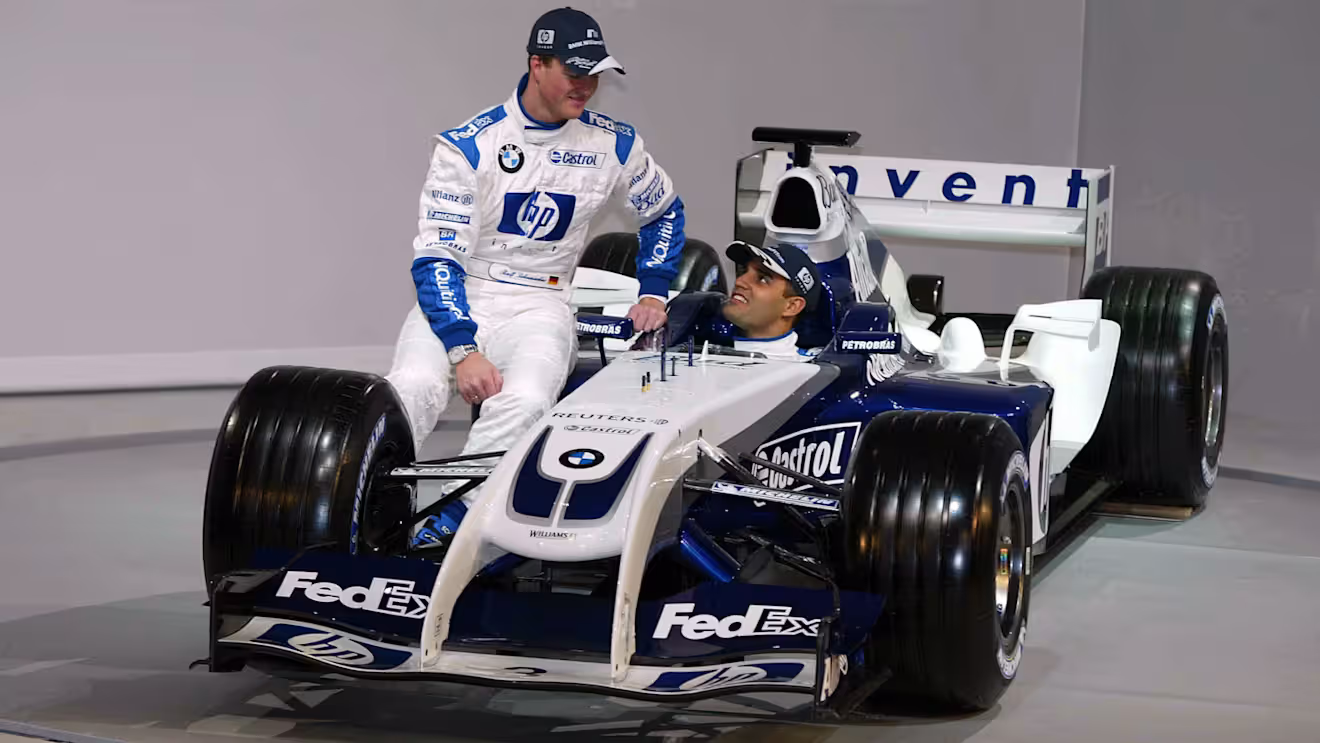
The subsequent years witnessed a series of engine partnerships – Toyota, another stint with Cosworth, and eventually Renault. Each partnership brought its own set of challenges and opportunities, but the lack of a long-term, fully integrated power unit partnership hampered the team's ability to develop a cohesive and consistently competitive package. Driver stability also proved elusive, with a mix of experienced campaigners and promising young talents passing through the Grove factory, making it difficult to build the continuity necessary for sustained progress.
Between 2005 and 2013, Williams finished 5th (as BMW Williams F1 Team), 8th, 4th, 8th, 7th, 6th, 9th, 8th, and 9th, though it is worth noting that the grid hasn't always been a 10-team contingency. These statistics tell a story of a gradual decline, punctuated by occasional flashes of brilliance, such as the fourth-place finish in 07. The overall trend, however, was one of slipping down the order, highlighting the growing disparity between the independent teams and the well-funded manufacturer outfits.
The Weight of a Name
The Claire Williams era (2013-2020)
When Claire Williams stepped into the role of Deputy Team Principal in 2013, she inherited not just a racing team but a legacy. The Williams name carried immense weight, a history of innovation and triumph that placed an inherent pressure on her shoulders. Claire embraced the challenge with unwavering dedication, becoming the public face of a team navigating increasingly turbulent waters.
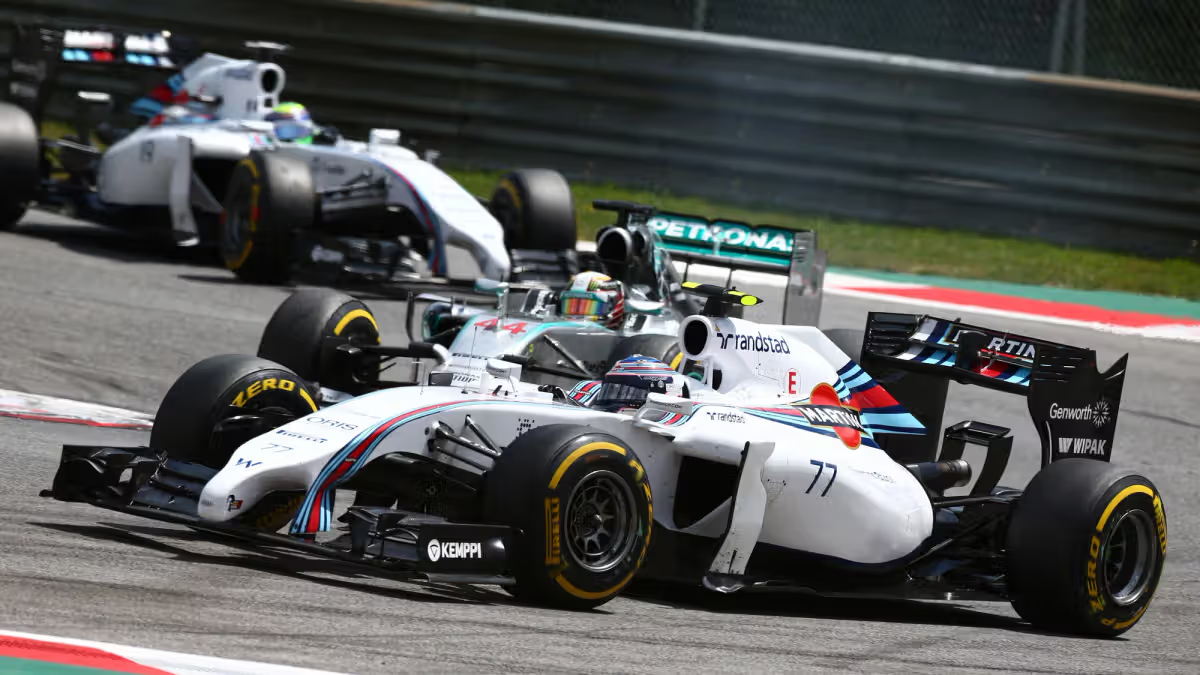
Claire's tenure coincided with the dawn of the turbo-hybrid era and a burgeoning relationship with Toto Wolff and Mercedes. The switch to Mercedes power units in 2014 provided, initially, a much-needed boost and, combined with a capable driver pairing of Felipe Massa and Valtteri Bottas, propelled the team to consecutive third-place finishes in the constructors' championship. Even with a resurgent Ferrari in 2015, Williams maintained their strong performance and stability. This was it, a glimmer of the old Williams spirit, a testament to the underlying talent within the legendary organisation. Of particular importance, and on full display with an iconic red, white, and blue Martini livery, was a sense of renewed hope and financial stability in the team.

The resurgence proved to be a temporary reprieve for the Grove team, as the 2017 season brought with it a significant shift in regulations placing a greater emphasis on aerodynamic performance. As other teams, particularly those with greater financial muscle, continued to develop their cars at a rapid pace, Williams struggled to keep up. The lack of significant investment in infrastructure and the growing performance gap became increasingly apparent. Claire tirelessly sought sponsorship deals, understanding the need for financial stability to compete at the highest level, bringing in Lance Stroll to fill the seat vacated by Valtteri Bottas' promotion to Mercedes. Following Massa's retirement, she brought in Sergey Sirotkin, and later Kubica, who both brought with them serious financial backing. The signing of Nicholas Latifi was perhaps the final alarm bell for the struggling Williams team.

The subsequent seasons saw a painful slide down the grid. The FW42 in 2019 became a symbol of the team's struggles, a car that lacked both aerodynamic efficiency and mechanical grip. The sight of the once-dominant Williams cars consistently at the back of the field was disheartening for everyone associated with the team. Claire Williams faced immense pressure, both externally from the media and fans, and internally from a team yearning for a return to competitiveness. Yet, she remained a steadfast leader, her focus on preserving the team's identity and fighting for its survival.
Throughout Claire's time at the forefront of the team, Williams finished 3rd, 3rd, 5th, 5th, 10th, 10th, and 10th in the constructors' championship, which paints a stark picture of the challenges faced during her leadership. The consecutive tenth-place finishes in the final three years underscored the deep-seated issues within the team and the urgent need for a fundamental shift. The human cost of this decline was palpable, with morale within the team often tested by the lack of on-track success. Yet, the loyalty and dedication of the Williams workforce remained a constant, a testament to the enduring spirit of the organisation.
The Silent Struggle
Financial hardship and its human impact
Behind the headlines of poor race results lay a constant battle against financial hardship. Operating on a shoestring budget compared to the manufacturer-backed teams put immense strain on every aspect of the organisation. Investment in crucial areas like research and development, wind tunnel facilities, and personnel upgrades was limited. The lack of competitive performance further exacerbated the financial woes, leading to reduced prize money and making it even harder to attract lucrative sponsorship deals.
The human impact of these financial constraints was significant. Engineers and designers often had to make do with outdated equipment and limited resources, hindering their ability to innovate and develop a competitive car. Mechanics and support staff faced uncertainty and the constant pressure of delivering results with inadequate tools. The proud Williams factory, once a hub of cutting-edge technology, began to show its age, a physical manifestation of the team's struggles.
The weight of this financial burden ultimately fell on Claire Williams, who tirelessly navigated the complex world of Formula 1 sponsorship and investment, fighting to keep the team afloat. The emotional toll of this constant struggle, the responsibility for the livelihoods of hundreds of dedicated individuals, was immense. The decision to sell the team in the summer of 2020, while a necessary step to ensure its survival, marked a deeply personal and emotional moment for the Williams family and everyone who had been a part of their journey.
I think what stands out most to me during this period was how obvious it became that the team just couldn't get their job done due to external limitations. Turning up to pre-season testing days after their rivals, reusing components from outdated machinery on the car, building components from heavy, cheaper materials just to get by, is not the way to run a Formula 1 team.
A New Dawn
The Dorilton Capital era and the promise of change (2020-Present)
The acquisition of Williams Racing by Dorilton Capital brought a collective sigh of relief to the team and its loyal supporters. The investment firm's commitment to providing the necessary financial resources signaled a new beginning, a chance to rebuild and reinvest in the team's future. While the initial period under the new ownership involved restructuring and laying the groundwork for long-term success, there was a palpable sense of optimism within the organisation.
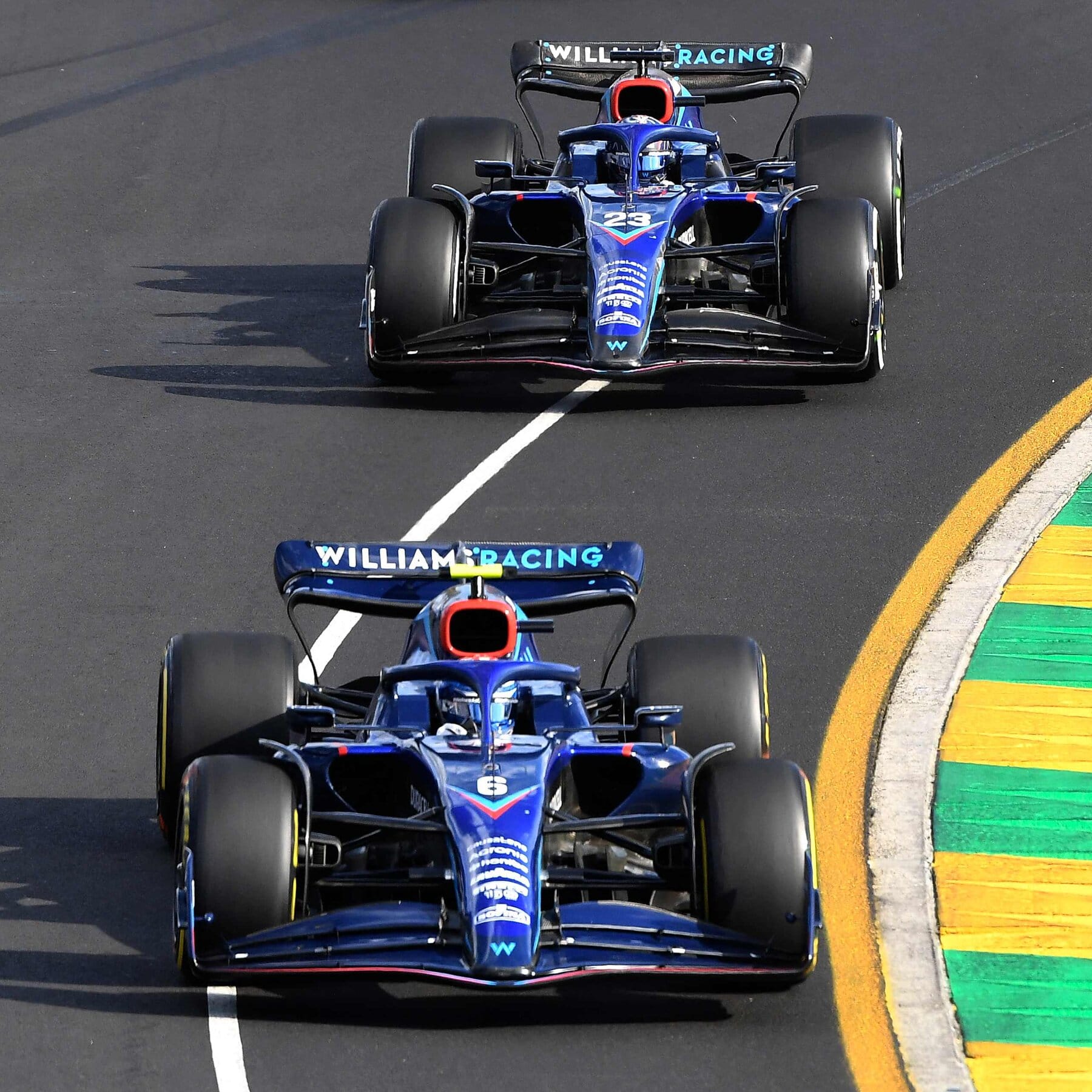
The appointment of Jost Capito as CEO in early 2021 brought a renewed focus and a restructuring of the technical department. Capito, with his extensive experience in motorsport, implemented changes aimed at improving efficiency and fostering a more collaborative working environment. While the immediate on-track results didn't dramatically improve, the internal changes were crucial in setting the stage for future progress. The human element was central to Capito's approach, emphasizing the importance of teamwork and empowering individuals within the organization.
The Catalyst for Change
The James Vowles Era (2023-Present)
The arrival of James Vowles as team principal ahead of the 2023 season is proving to be a transformative moment for Williams Racing. Vowles, who embarked on his Formula 1 journey in 2001 with British American Racing (BAR) and stayed with the team through their iterations as Honda Racing F1, Brawn GP and Mercedes, brought with him not just technical expertise but also a deep understanding of what it takes to build a winning team.

His extensive tenure afforded him the privilege of working with a host of Formula 1 champions, including Jacques Villeneuve, Jenson Button, Michael Schumacher, Nico Rosberg, and Lewis Hamilton, among other notable drivers. Vowles was instrumental in the extraordinary success of Brawn GP in 2009, guiding the team to both drivers' and constructors' championships in what remains a captivating underdog story. He continued his influential role at the team, contributing to an additional eight constructors' championships and seven drivers' championships under the Mercedes banner. His departure from Mercedes, he states, was because he had grown "too comfortable" in the position and was seeking a new and invigorating challenge, characterising the opportunity as "once-in-a-lifetime".
It's no easy task to turn around a sinking ship, and I am in no way blaming the downfall of Williams on Claire here, she had a hard time financially with pay drivers, large sponsorship drop-outs, Lawrence Stroll trying to take ownership, and so on. But James has demonstrated that it is possible to turn the team around. His impact was immediate and profound. Vowles instilled a clear sense of direction and purpose within the team, using his extensive background as an engineer and strategist to foster open communication, empower individuals to take ownership and implement a data-driver approach to decision-making.
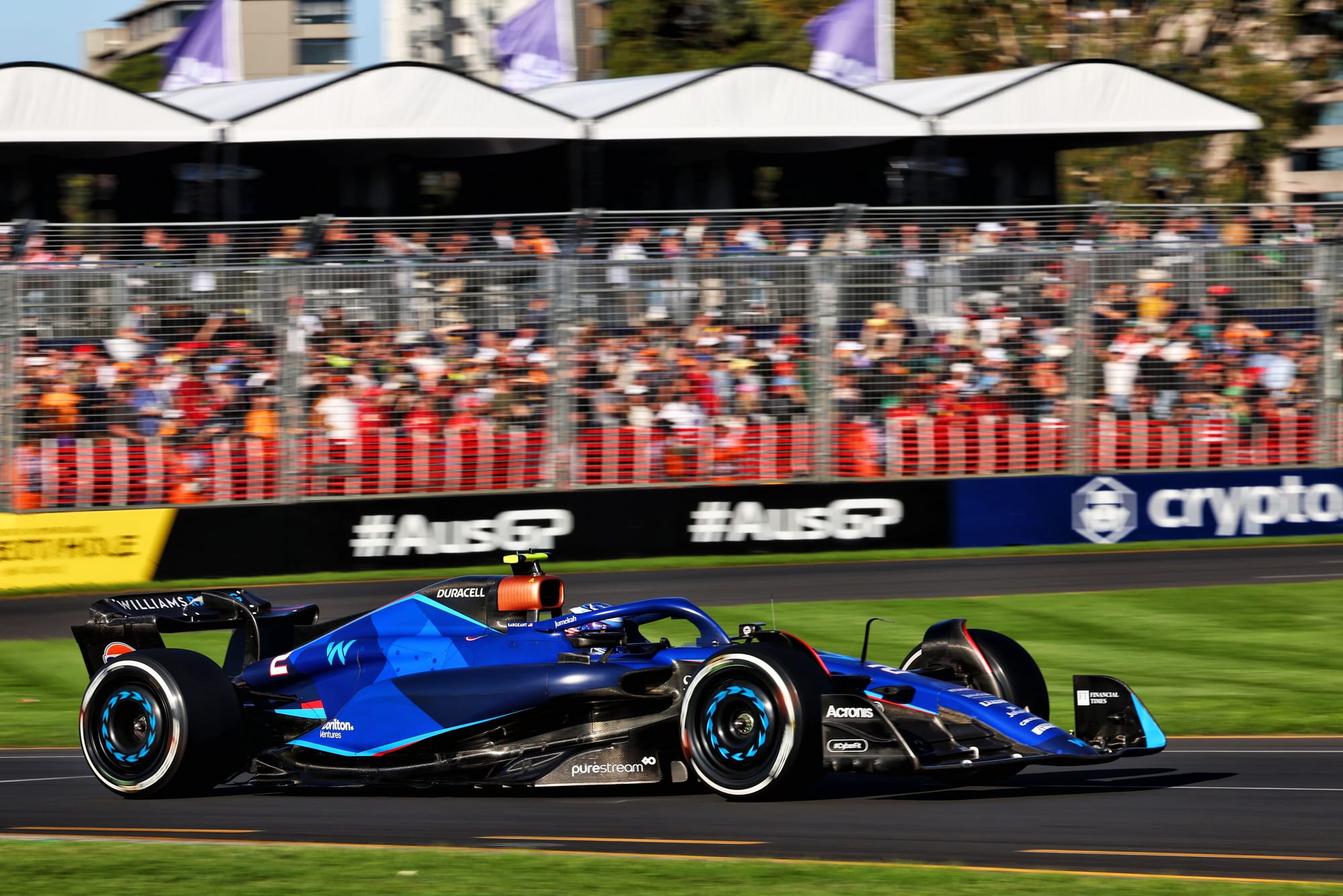
Despite Christian Horner's apparent skepticism towards technically inclined team principals, the current success of Vowles and Ayao Komatsu at Haas F1, with their engineering-focused leadership, speak volumes, especially when contrasted with recent performance trends of Horner's own team. Despite turning up after the 2023 Williams challenger has been finalised, the FW45 did show tangible improvements in performance, allowing drivers to consistently fight for points. The strategic calls from the pit wall, often masterminded by Vowles himself, began to yield crucial results. The seventh-place finish in the constructors' championship in 2023 was not just a statistical improvement; it was a morale booster, a rawrd for the years of hard work and dedication.
Williams' results since 2021, into the James Vowles era have been 8th, 10th, 7th, 6th, and they currently sit 5th in the standings in 2025 with 37 points. The 2024 and 2025 seasons have witnessed a continuation of this positive trajectory under Vowles' guidance, and there is even talk now of them being in contention for podium finishes. The team has constantly punched above its weight, securing valuable points and demonstrating a level of strategic sophistication that had been missing for years. The drivers, empowered by a more competitive car and clear direction, have delivered strong performances. The atmosphere within the Williams garage has visibly shifted, replaced by a renewed sense of belief and a hunger for success.
The Key Philosphy
Your opportunity to break everything
Vowles' primary objective has been a focus on 2026 and the new regulations, and he has regularly stated the now famous quote "this is your opportunity to break everything". Vowles' philosophy for rebuilding Williams, is a multifaceted approach centering around a willingness to break everything in the short term for long-term gain. This involves a fundamental restructuring of the team, not just incremental improvements.
Leaps, not steps; this is the emphasis of making significant technological and strategic leaps, even if it means short-term setbacks, Vowles is comfortable with the team tripping themselves up as they experiment and learn. It's all about a cultural change, with Vowles' beliefs that a strong, communicative, and collaborative team culture is crucial for success, even more so than strategy. He emphasises openness and teamwork, moving away from a "survival mode" mentality to a long-term, forward-thinking approach. Vowles says that Williams "do not have a lazy team" and cites that engineers would rather "sleep on the floor to get the job done", but there are major components of their facilities that require upgrading to remove the need for this. Wind tunnel and fabrication capabilities are his main focus.
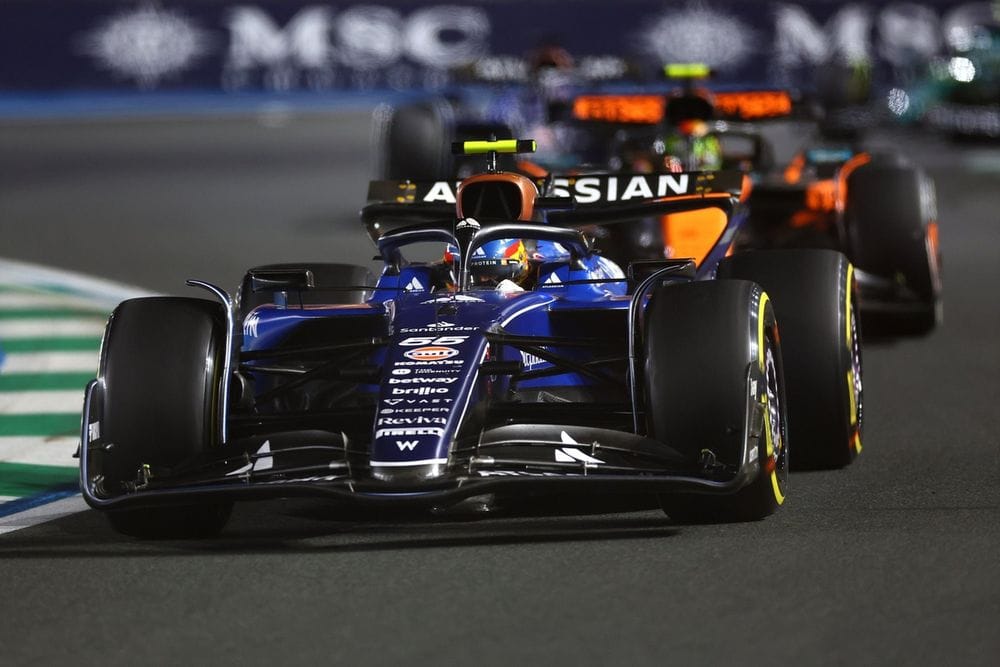
Of course, none of this is possible without cash, a problem Williams suffered with for many years. To overcome this, Vowles has partnered with Dorilton Capital and title partner Atlassian, which has allowed them to gain huge amounts of investment to improve facilities and infrastructure, whilst also bringing in a strategic partner to impove data analysis, factory operations, and overall car performance. This is entirely in line with his data-driven mentally, allowing him to identify weaknesses and guide improvements, such as bringing in Colapinto and eventually Sainz, dropping Latifi from the roster to improve their constructors' championship position and bring in further prize money and consistency in their performance and feedback.
The Human Heart of the Revival
Looking towards 2025 and beyond
As of May 2025, Williams Racing occupies a remarkable fifth position in the constructors' championship. This achievement is not just a result of aerodynamic upgrades or engine performance; it is a testament to the collective effort, the unwavering dedication, and the enduring human spirit of everyone within the Williams organization. From the engineers who have persevered through years of struggle to the mechanics who work tirelessly in the garage, and the drivers who push themselves to the limit on track, the recent progress is a direct reflection of their commitment.
James Vowles has not only brought strategic and technical expertise but has also fostered a culture of trust and empowerment. He has recognized the talent and dedication that remained within the team despite the years of hardship and has provided the leadership necessary to unlock their potential. His genuine passion for the team and his clear communication have resonated deeply with the workforce, creating a unified sense of purpose.
The story of Williams Racing's journey from the depths of despair to the current glimmer of hope is a powerful reminder that even in the high-octane world of Formula 1, the human element remains paramount. The legacy of Sir Frank Williams, the tireless efforts of Claire Williams, and the transformative leadership of James Vowles have all played crucial roles in this ongoing narrative. The individuals who wear the Williams colors today carry the weight of history but are also fueled by a renewed sense of optimism and the belief that the iconic British team can once again rise to the top.
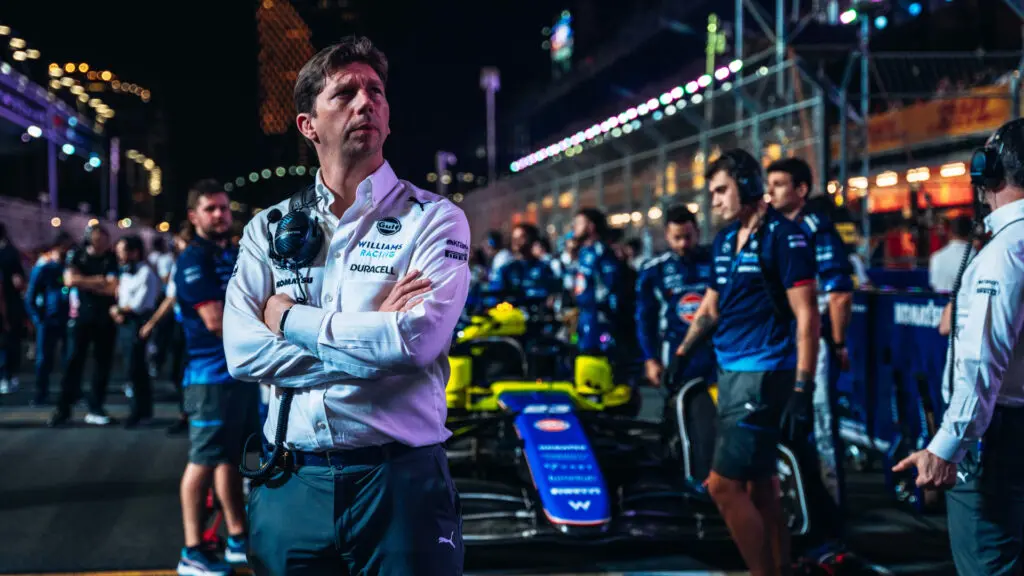
The 2025 season offers a tantalising glimpse into a brighter future for Williams Racing. While the ultimate goal of returning to championship contention remains a long-term ambition, the progress made in recent years is undeniable. The human spirit that has always been the heart of Williams Racing is burning brighter than it has in a long time, fueled by the hope of reclaiming their place among the elite of Formula 1.
What aspects of Williams' journey resonate most with you? Do you believe their current trajectory will lead them back to the top step of the podium? Share your personal connection to the Williams story in the comments below.
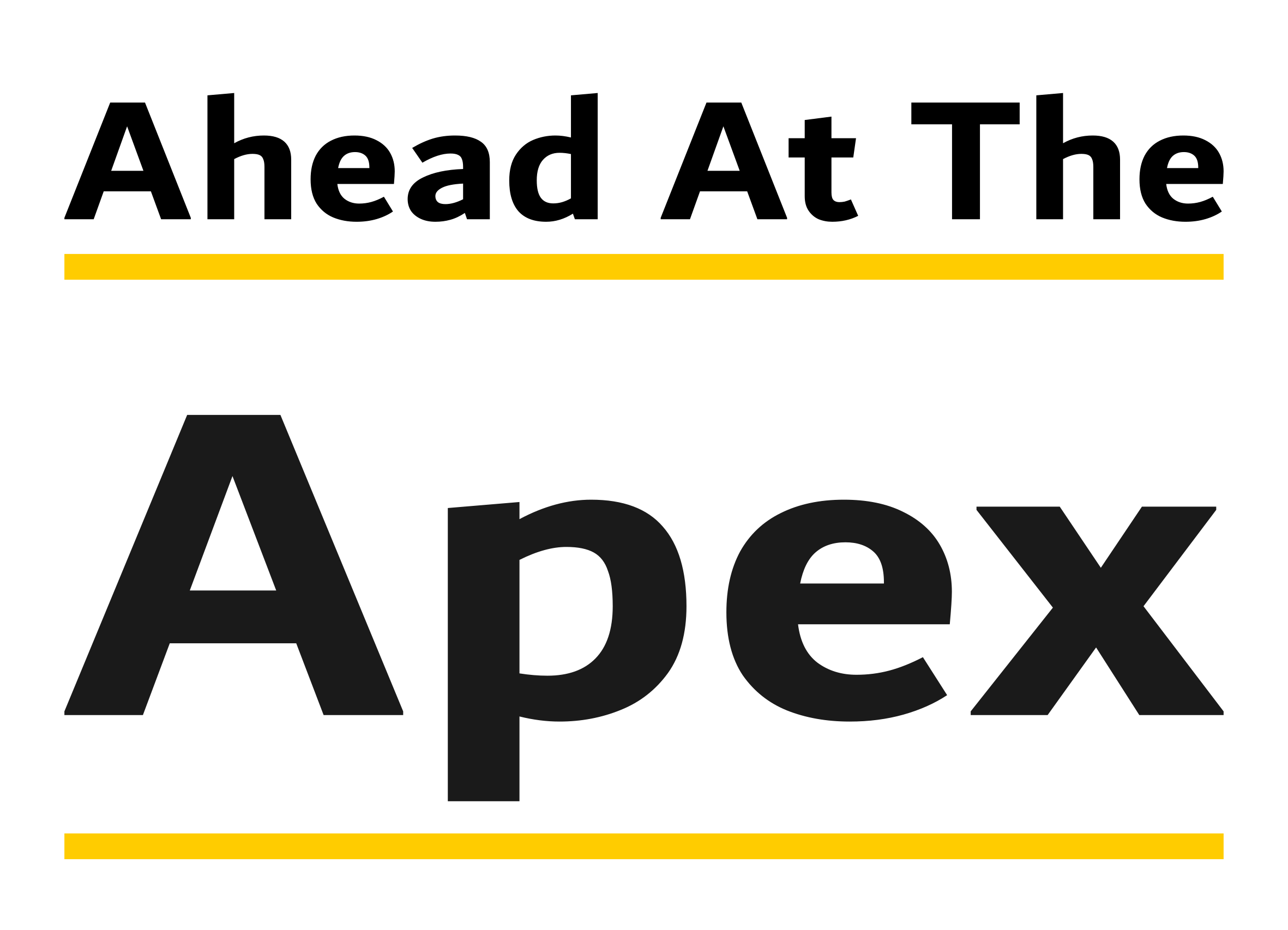
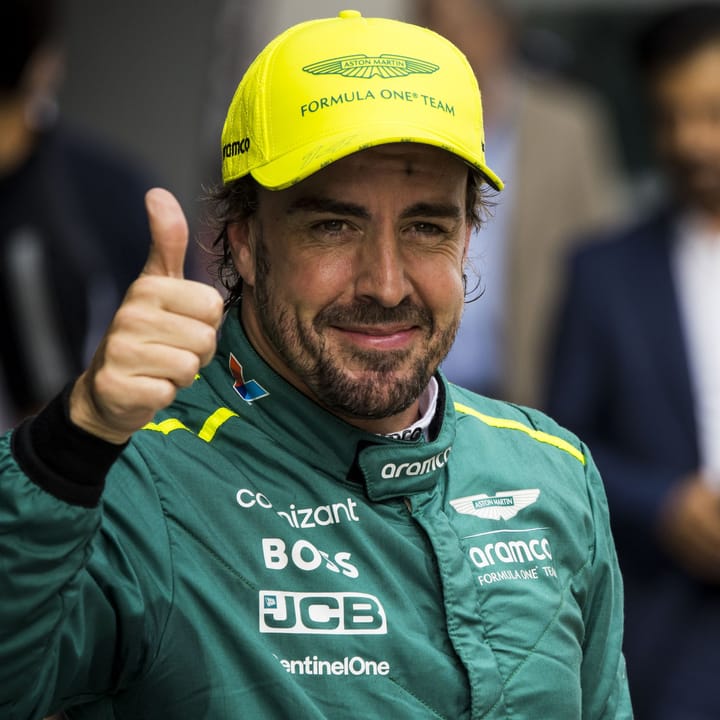
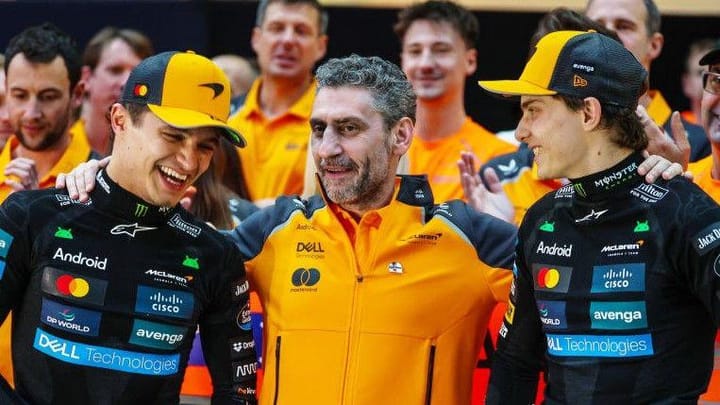
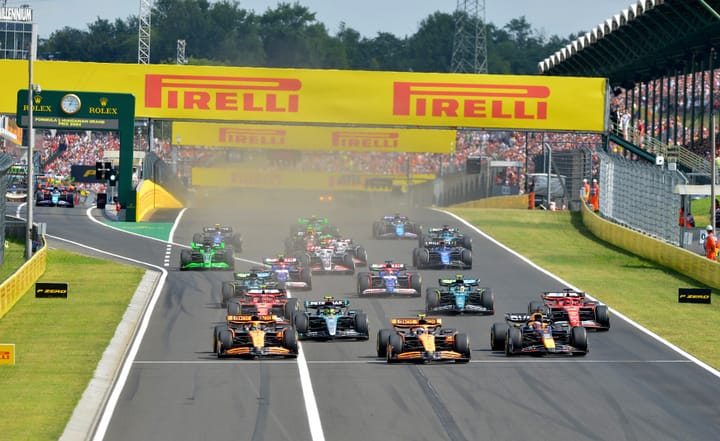
Comments ()